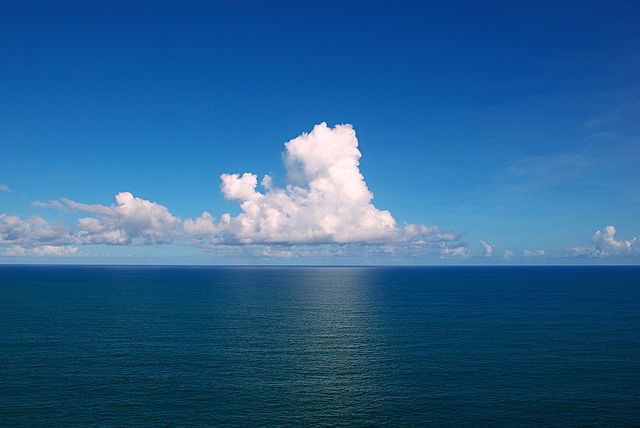Few things are more refreshing than the kiss of sea spray on your face. You may not realize it, but that cool, moist air influences our climate by affecting how clouds are formed and how sunlight is scattered over the oceans. Today, in ACS Central Science, researchers demonstrate that microbes in seawater can control the chemistry of sea spray ejected into the atmosphere.
Kimberly Prather and coworkers in the Center for Aerosol Impacts on Climate and the Environment (CAICE) note that as phytoplankton are broken down by bacteria, they can release many different molecules into seawater that can later become aerosolized into sea spray droplets when waves break. These chemicals include a vast array of molecules such as proteins and their building blocks, as well as sugars and lipids. But developing an understanding of the factors that control the transfer of chemical species from the ocean to the atmosphere in the form of sea spray composition has proven elusive. Many previous studies have attempted to link the organic content of sea spray to phytoplankton concentrations, but this has not always been possible. The CAICE team set out to explain the observed discrepancies.
In the lab, the group recreated a phytoplankton bloom on a large experimental scale by importing 3,400 gallons of natural seawater from the California coast into a controlled ocean-atmosphere wave machine. Their results show that variations in the dynamics between the various types of microbes affected the concentrations of less water-soluble species such as lipids in seawater. In turn, bursting bubbles from the waves launched these molecules into the atmosphere. Prather says the study has provided a new understanding of the importance of the complex interactions between microbes in seawater and how they control the composition and cloud-forming ability of sea spray aerosol. Such information will help researchers build better climate models.


